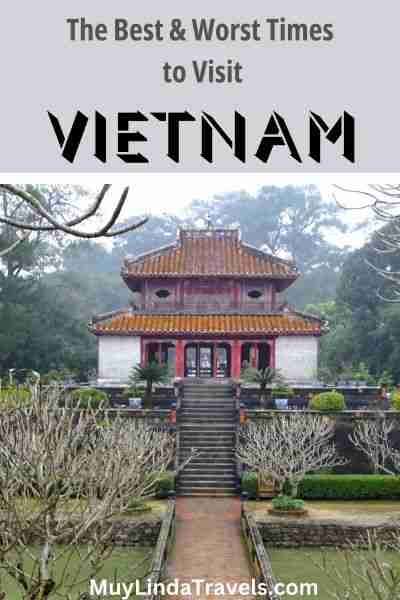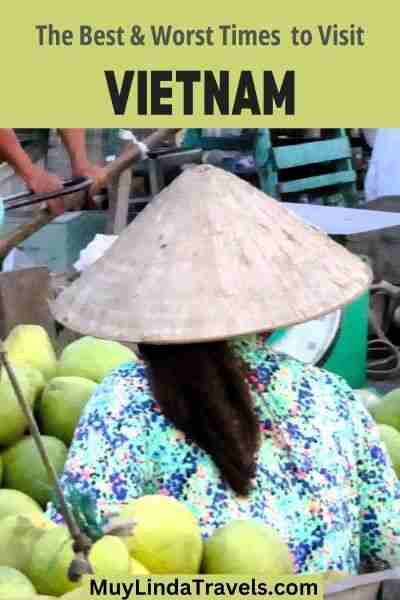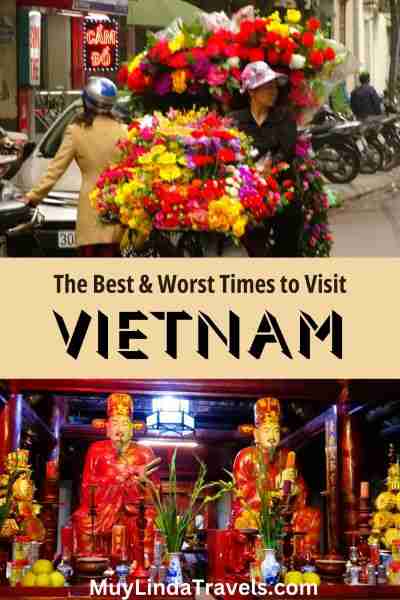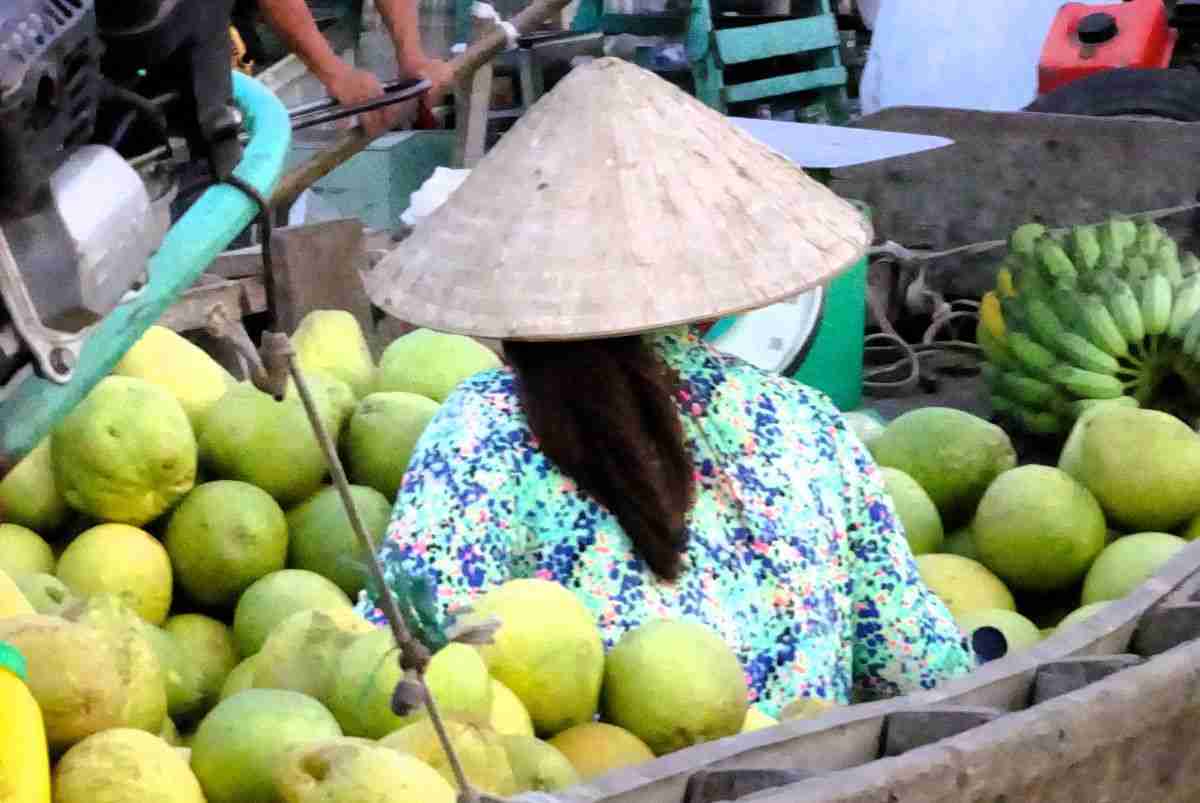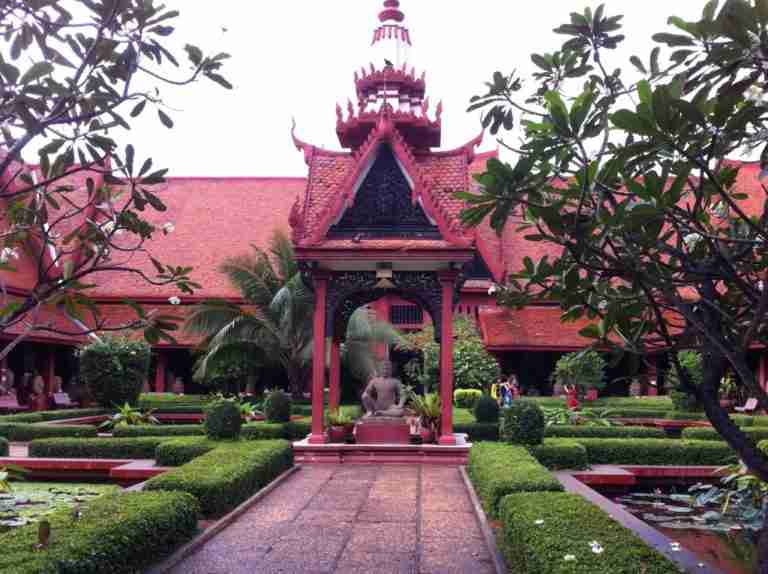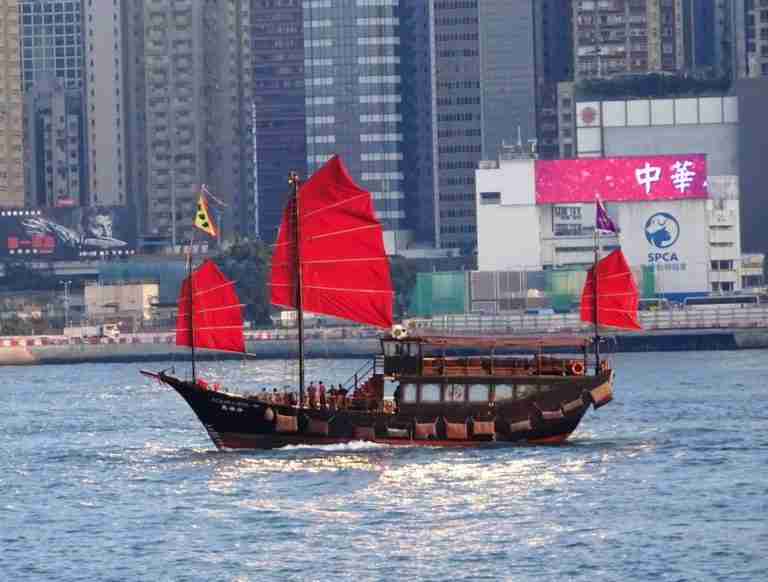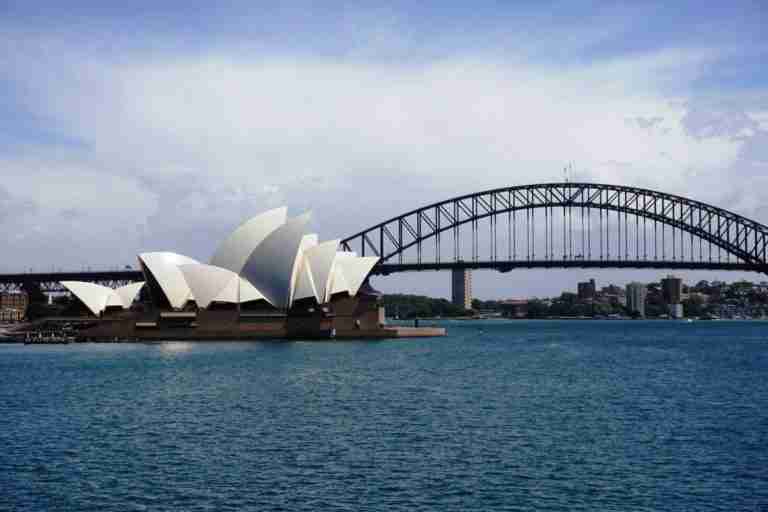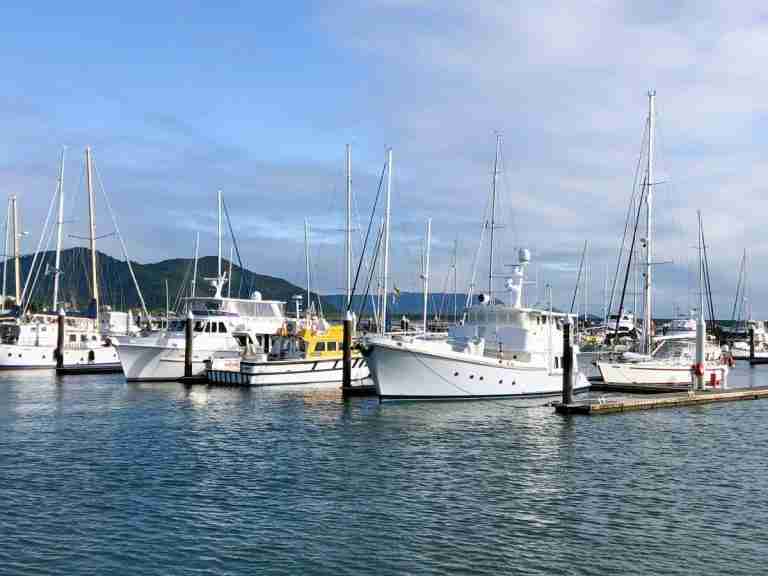The Best and Worst Time to Visit Vietnam in 2024
What is the best and worst time to visit Vietnam? Does it make a difference when you go? Vietnam is a magical country to visit in Southeast Asia, best known for its delicious food, beautiful beaches, colourful markets, and UNESCO world heritage sites like Halong Bay, and the Old Town of Hoi An and Hue.
Vietnam stretches for around 1650 kilometres (1025 miles) from one end to the other and the weather varies a huge amount from the north to the south of the country. When it’s warm and sunny in Ho Chi Minh City it can be very wet on the beaches of Danang and freezing cold with snow in the mountains in Sapa.
South Vietnam has a wet and a dry season and North Vietnam has four seasons, spring, summer, autumn and winter. Although you can’t always predict the weather, some months are better than others for a holiday.
But the best time to visit Vietnam may depend on which part of the country you want to go to and what activities you plan to do when you’re there.
So, what is the best and worst time to Visit Vietnam?
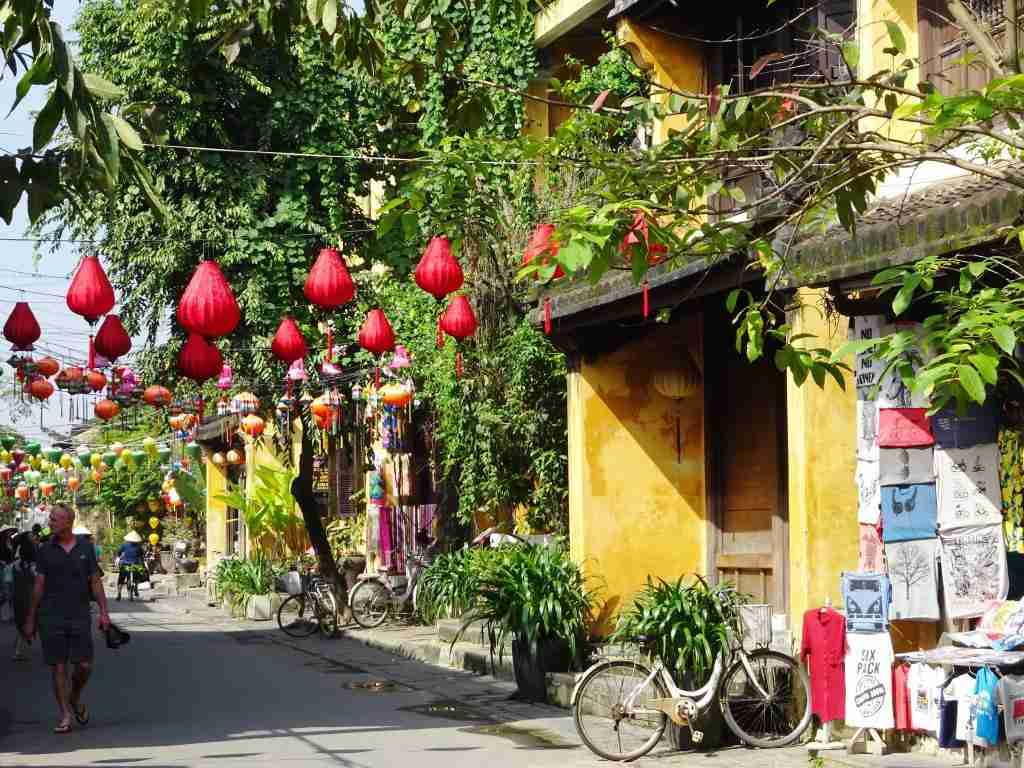
This page may contain affiliate links and, if you purchase through one of those links I may receive a small commission. This does not cost you any extra and helps to keep this website running. Thank you for your support!

The Best Time to Visit Vietnam
Broadly speaking, the best time to go to Vietnam is from November to April for good, all-round weather across the country. If you plan to visit Ho Chi Minh City, Hoi An and Hanoi, you’ll have the best chance of good weather during these months.
With a 3-week Vietnam itinerary, you can travel the length of the country and see the highlights of north, south and central Vietnam. Find out what it’s like to visit Vietnam in January.
- In North Vietnam, the best time to travel to Hanoi, Halong Bay and Sapa is in March / April or September / November.
- In South Vietnam, December to May has the best weather in Ho Chi Minh City, the Mekong Delta and Phu Quoc Island and you can explore the south with a 10-day Vietnam itinerary.
- In Central Vietnam, the best time for travel to Hoi An, Hue and Phong Nha-Ke Bang is from February to August. And you can see the highlights of Central and North Vietnam in 2 weeks.
But the best time to go to Vietnam depends on what you want to do when you’re there. For a beach holiday in Central Vietnam, the best months are February to June.
For hiking through the rice fields in the north, October to March are the dryest months of the year, and for relaxing on Phu Quoc Island, October to April are the best months to visit Vietnam’s tropical south.
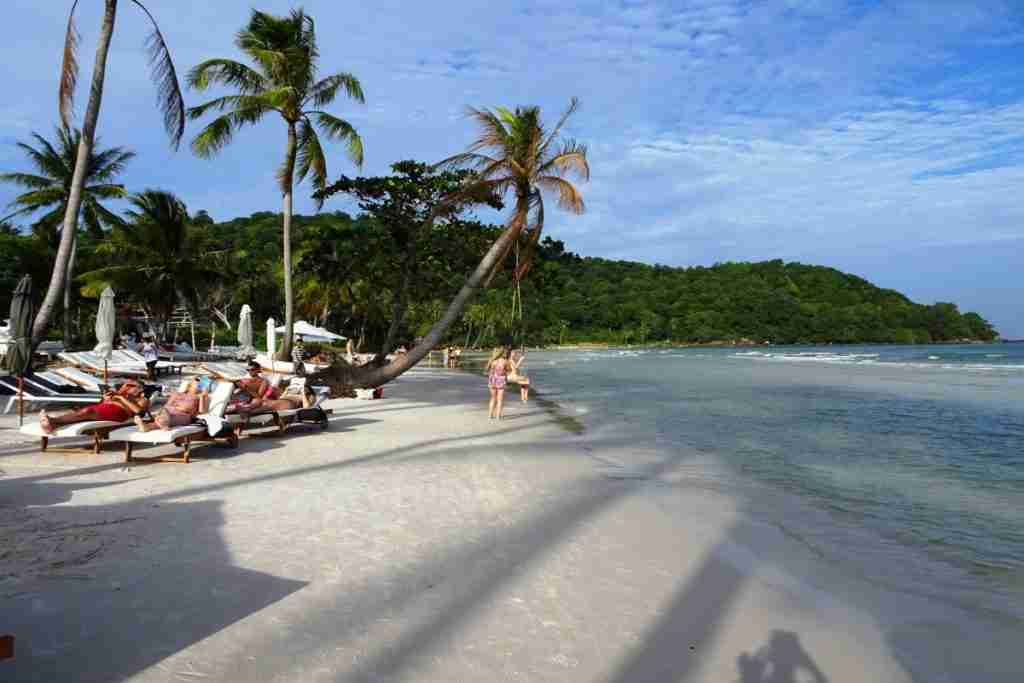
The Worst Time to Visit Vietnam
The worst time to travel to Vietnam is during the rainy season from May to October. Stormy weather and downpours are common during the wet season. Rainy weather is unpleasant for sightseeing and can wash out a beach holiday.
The Typhoon season, from June to September in the North and from September to November in the Central region, is the worst time to go to Vietnam. Around 4-6 typhoons hit Vietnam each year. These tropical storms cause flash flooding and landslides and can be very disruptive to travel.
In North Vietnam, May to October is hot and humid with high rainfall in Hanoi and Halong Bay. December and January can be quite cold in the north, especially in the mountains around Sapa where it sometimes snows.
If you don’t like the heat, the worst time to go to Vietnam is from March to May. South Vietnam is very hot with temperatures soaring to over 40°C (104°F) in Ho Chi Minh City and the Mekong Delta. If you plan to be in Ho Chi Minh City during these months, book a hotel with air conditioning and a pool.
If you don’t like crowds, July, August and December are the worst months to go to Vietnam. These are the busiest months for tourists and coincide with holiday periods in the USA, Europe and Australia. Popular venues and attractions can be crowded at this time. Hanoi, Halong Bay, Ho Chi Minh City and the beach resorts are at their busiest. It’s a more expensive time to visit and the worst time to travel to Vietnam if you’re on a budget.
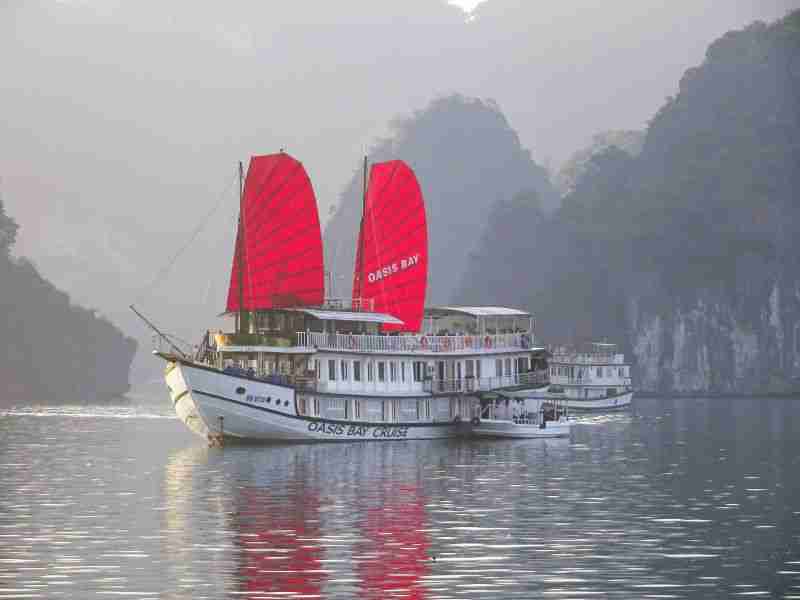
Tet or the Lunar New Year is one of the worst times to visit Vietnam and usually falls in late January or early February. In the days before the celebrations, markets and streets are packed full. People are travelling to reunite with their families and buses, trains and planes are booked out.
During Tet, everything stops and shops and markets are closed. The Lunar New Year can be a very frustrating and difficult time to be travelling in Vietnam.
September to November are the worst months to visit Vietnam for a caving expedition. During these months, the spectacular caves of Phong Nha Ke Bang National Park experience seasonal flooding. When the water rises the caves are closed for safety reasons.
The Cheapest Time to Visit Vietnam
The best time to visit Vietnam for cheaper prices is during the wet season from May to October. It’s the low season and there are fewer visitors, there’s less demand for flights, hotels and tours and prices fall. If you’re a budget traveller or you like a bargain, then May to October is the best time to visit Vietnam.
Least Busy Time to Visit Vietnam
April to June and September to November are the least busy months. It’s the low season and the best time to visit Vietnam to avoid the crowds of the peak season. These shoulder season months fall during the transition from the cool dry winter to the hot humid summer.
Although the weather can be unsettled with some rain, the shoulder season is the best time to travel to Vietnam alone, escape the crowds and minimise the extra costs of solo travel.
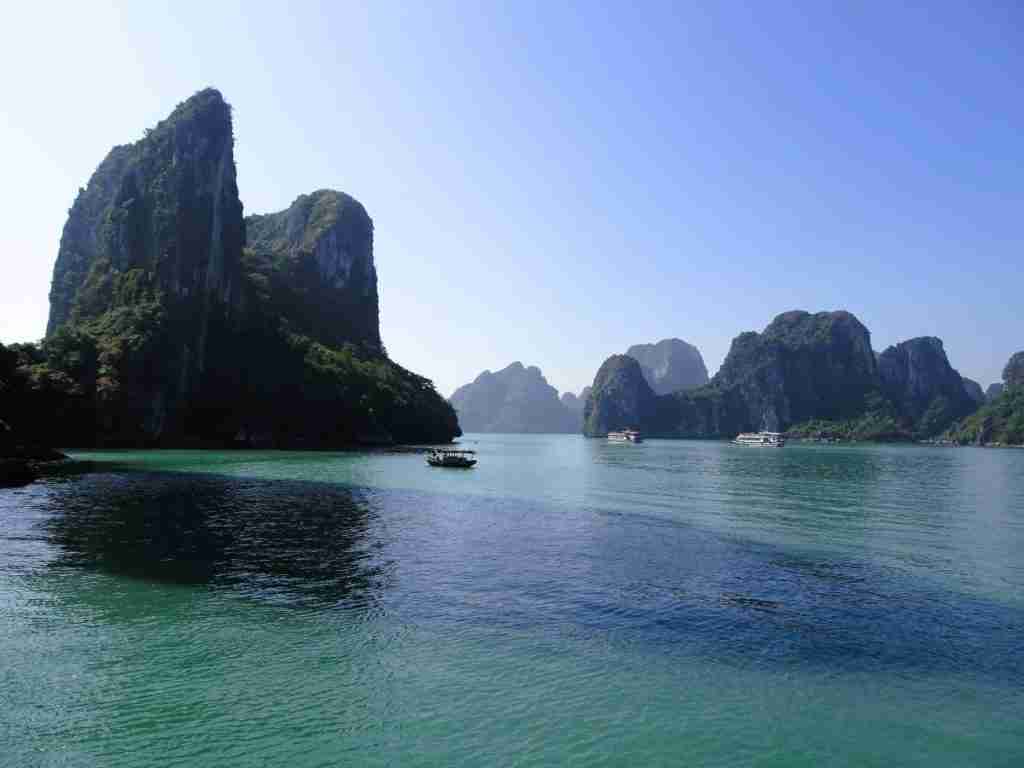
Vietnam Weather by month
Weather in January in Vietnam
Dry season
North: Expect clear skies and cool dry weather in Hanoi and Halong Bay with average temperatures of 17°C (63°F) in January. Winter in Sapa can be very cold with lows of 5°C (42°F) and highs of 11°C (52°F).
Central: In central Vietnam it’s the end of the wet season. The days are hot with less rain and average temperatures between 19°C (66°F) and 25°C (77°F). Dalat and the Central Highlands are dry and cold at night.
South: January has the best weather conditions of the year in South Vietnam. In Ho Chi Minh City and the Mekong Delta expect hot, sunny and dry days with average temperatures ranging from 23°C (73°F) to 32°C (90°F).
Weather in February in Vietnam
Dry season
North: Hanoi and Halong Bay are cool and dry with an average temperature range of 16°C (61°F) – 21°C (70°F).
Central: In February, there’s little rain in Danang and Hoi An and temperatures are slightly warmer this month with lows of 20°C (68°F) and highs of 26°C (80°F).
South: Ho Chi Minh City and the Mekong Delta are hot and dry with temperatures ranging from 22°C (72°F) – 36°C (97°F)
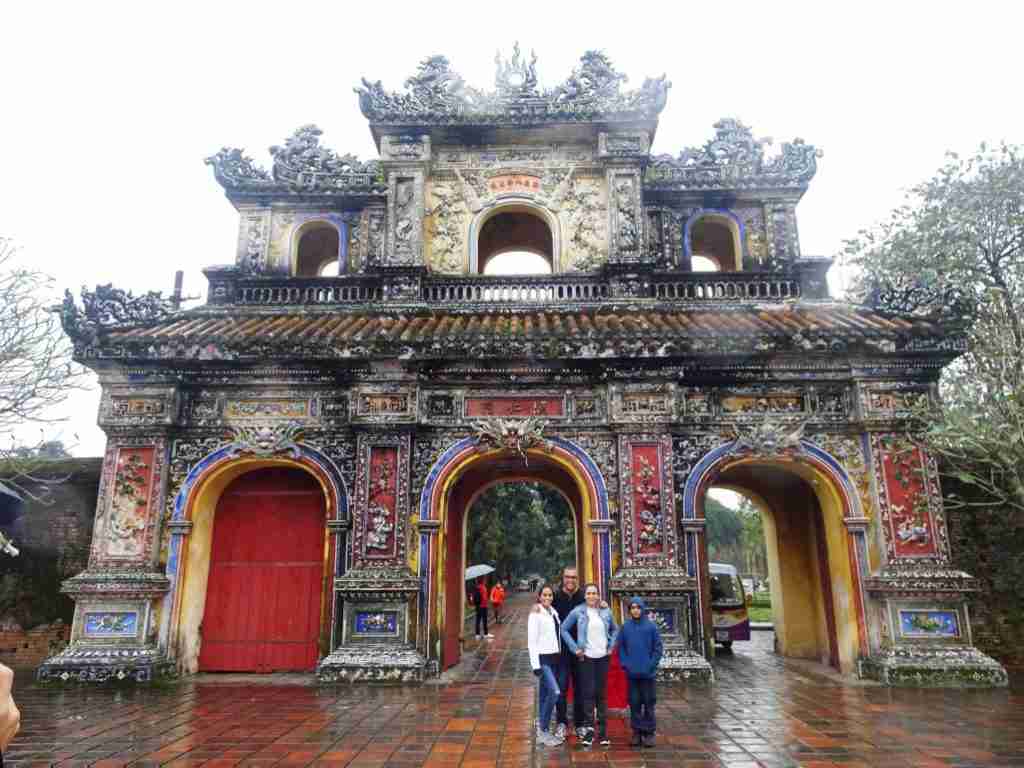
Weather in March in Vietnam
Dry season and a good time for a beach holiday
North: Hanoi and Halong Bay are cool and dry in March with slightly more chance of showers and temperatures ranging from 18°C (64°F) to 23°C (73°F).
Central: Conditions in Danang and Hoi An are dry and a bit warmer in March with highs of 28°C (82°F) and lows of 22°C (72°F). It’s good beach weather.
South: The weather in Ho Chi Minh City is dry and hot with highs of 30°C (86°F) and lows of 25°C (77°F).
Weather in April in Vietnam
Dry season and one of the best months to visit Vietnam but Typhoon season begins in South Vietnam.
North: Hanoi and Halong Bay are dry and warmer in April with a temperature range of 22°C (72°F) – 28°C (82°F).
Central: Danang and Hoi An are typically hot and dry in April with a temperature range from 24°C (75°F) to 31°C (88°F).
South: In Ho Chi Minh City, April weather is very hot and dry soaring temperatures from 26°C (79°F) – 37°C (99°F).
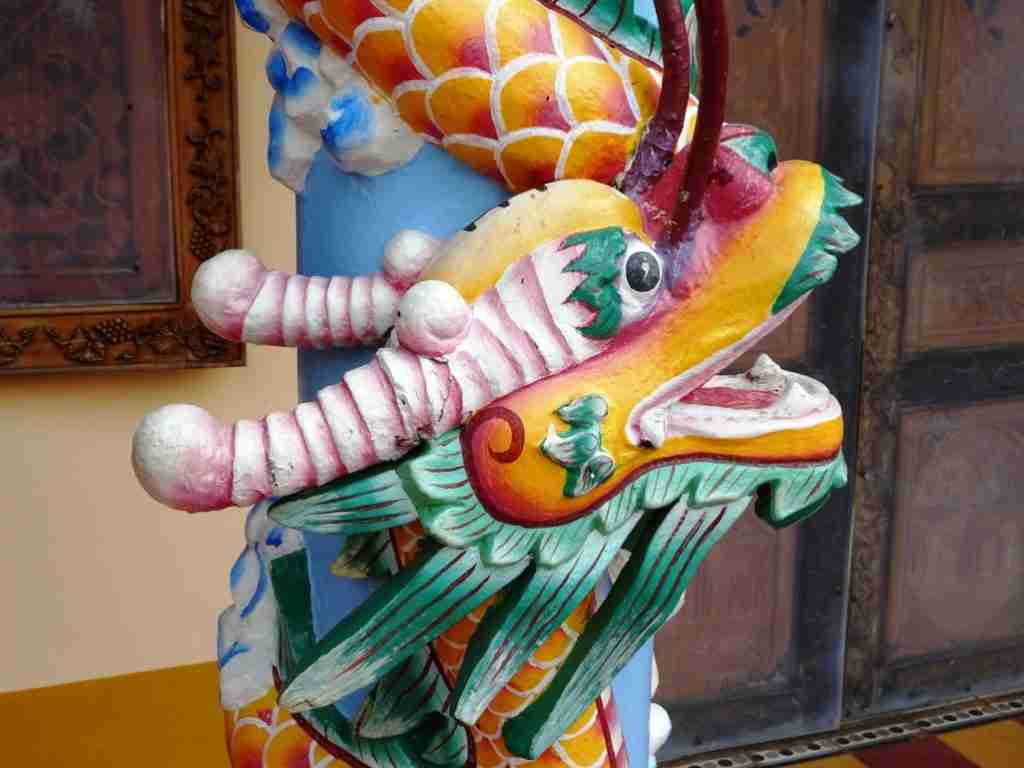
Weather in May in Vietnam
Low season
North: Hanoi is hot with more rain in May and temperatures range from highs of 32°C (90°F) to lows of 24°C (75°F).
Central: May weather is hot and dry in Hoi An and Hue with low temperatures of 25°C (77°F) and highs of 33°C (91°F). While the north and South of Vietnam are wet in May, it’s still good beach weather in Central Vietnam.
South: Expect very hot temperatures and some wet weather in Ho Chi Minh City in May with highs of 35°C (95°F) and lows of 26°C (79°F). Typhoon season begins in the south.
Weather in June in Vietnam
Low season
North: June in Hanoi is hotter with temperatures ranging from 26°C (79°F) to 34°C (93°F) and there’s more wet weather. The typhoon season begins in North Vietnam.
Central: June is even hotter with little rain and average temperatures ranging from 26°C (79°F) to 35°C (95°F).
South: Ho Chi Minh City is hot, very wet and humid in June with lows of 25°C (77°F) and highs of 32°C (90°F). It’s typhoon season in South Vietnam.
Weather in July in Vietnam
Peak season
North: July weather in Hanoi is still hot, very wet and humid with lows of 26°C (79°F) and highs of 33°C (91°F). It’s typhoon season in North Vietnam.
Central: July brings wetter weather and there’s more rain and humidity is higher. Temperatures are still hot and typically range from 26°C (79°F) to 34°C (93°F).
South: In July it’s marginally cooler in the south with hot, very wet weather and temperatures ranging from 25°C (77°F) and 31°C (88°F). It’s typhoon season in South Vietnam.
Weather in August in Vietnam
Peak season
North: The weather in Hanoi and Halong Bay remains hot, very wet and humid in August with temperatures from 26°C (79°F) to 33°C (91°F). It’s typhoon season in North Vietnam.
Central: In Danang and Hoi An, the weather is a little bit cooler but still hot, wet and humid with temperatures from 25°C (77°F) to 34°C (93°F). It’s typhoon season in Central Vietnam.
South: August brings hot, wet and slightly cooler days to Ho Chi Minh City and the Mekong with average temperatures from 24°C (75°F) to 30°C (86°F). It’s typhoon season in South Vietnam.
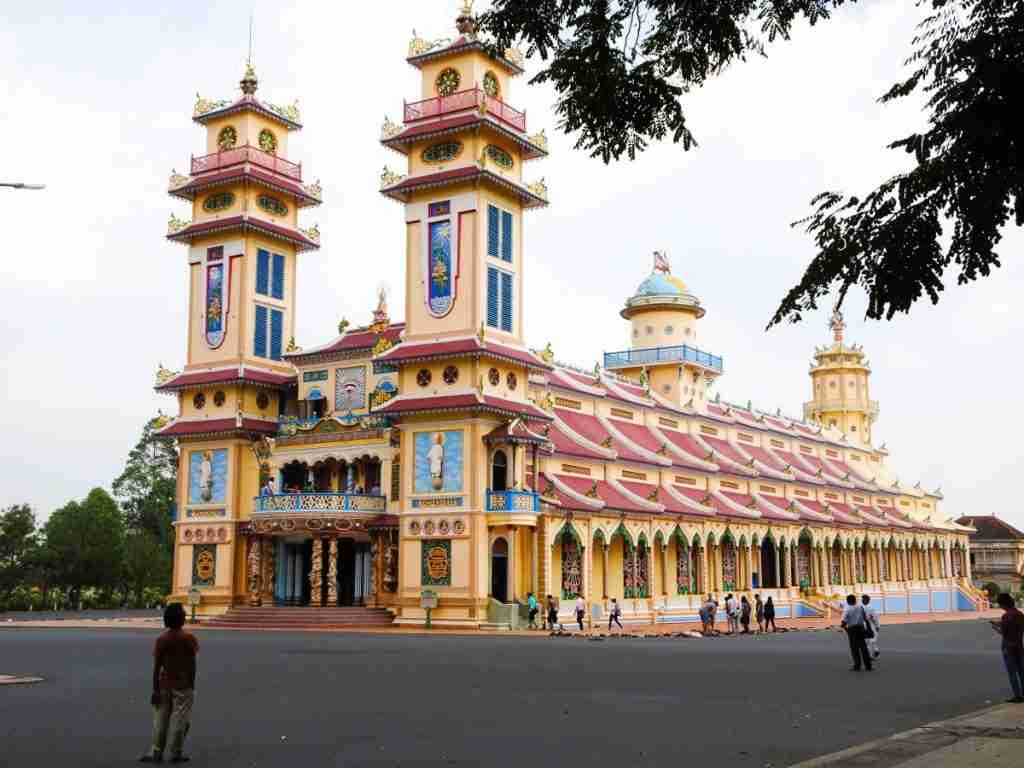
Weather in September in Vietnam
Shoulder season
North: Hanoi is slightly cooler in October but still very hot, wet and humid with temperatures from 25°C (77°F) to 32°C (90°F). It’s the end of the typhoon season in North Vietnam.
Central: September in Danang and Hoi An typically brings hot weather. Temperatures are a bit cooler, from 24°C to 32°C, but there’s more rain and humidity is high. It’s typhoon season in Central Vietnam.
South: In Ho Chi Minh City the weather is warm and wet in September and average temperatures are similar to August and range from 24°C (75°F) to 30°C (86°F). It’s typhoon season in South Vietnam.
Weather in October in Vietnam
Low season
North: Hanoi in October brings less rain and cooler temperatures from 22°C (72°F) to 29°C (84°F). It’s the end of the wet season in North and South Vietnam.
Central: In October, the weather is typically cooler but still hot, very wet and humid in Hoi An with temperatures ranging from 22°C (72°F) to 27°C (81°F). It’s typhoon season in Central Vietnam.
South: October is still hot in Ho Chi Minh City and there’s less rain. Temperatures are slightly warmer ranging from 24°C (75°F) to 31°C (88°F). It’s the end of the typhoon season in South Vietnam.
Weather in November in Vietnam
Dry Season
North: The weather in Hanoi in November is dry and it’s cooling down with temperatures ranging from 19°C (66°F) to 26°C (79°F).
Central: Danang and Hoi An are very wet and humid in November but temperatures are similar to October and still warm, ranging from 22°C(72°F) to 27°C (81°F). It’s the end of the typhoon season in Central Vietnam.
South: November temperatures are slightly cooler than in September but are still hot and humid with little rain. Temperatures range from 23°C (73°F) to 31°C (88°F).
Weather in December in Vietnam
Dry Season
North: December in Hanoi is dry with cooler winter temperatures of 15°C (59°F) to 22°C (72°F).
Central: It’s still very wet and humid in December in Central Vietnam and temperatures are marginally cooler, from 20°C (68°F) to 25°C (77°F).
South: In December, South Vietnam is hot and humid with a temperature range from 22°C (72°F) to 31°C (88°F).
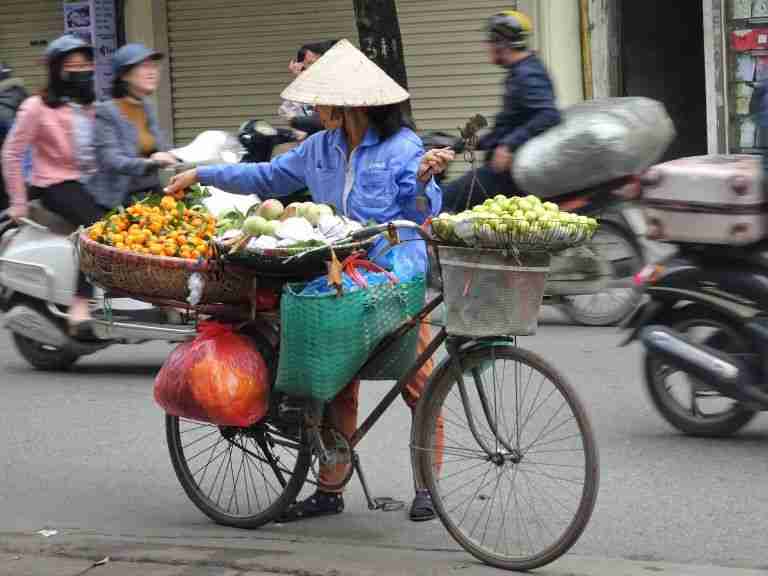
Vietnam in the Dry Season
The dry season is generally considered to be the best time to visit Vietnam. Warm and sunny weather with less rainfall is perfect for travelling, sightseeing and outdoor activities.
The dry season is the best time for a beach holiday, riding a motorbike, hiking and caving, but it’s the worst time to visit Vietnam if you’re on a budget or you want to avoid crowds of tourists.
But in Vietnam, the dry season falls in different months across the country.
In North Vietnam, the dry season falls in winter from November to April. From October to December the weather is warm and sunny. But December and January can be cold and dry in Hanoi and Halong Bay with freezing temperatures and snow in Sapa and the mountains.
In South Vietnam, November to April are the months of the dry season. The weather in Ho Chi Minh City and the Mekong Delta is dry and warm with average daytime temperatures of around 22°C (72°F) – 25°C (77°F). But April can be very hot in the south with temperatures reaching 38°C (100°F).
In Central Vietnam, the dry season falls from January to August. The weather in Hoi An, Hue and Danang is warm and sunny and it’s the perfect time to explore the Old Town of Hoi An, go sightseeing in Hue, enjoy a beach holiday in Danang or ride a motorbike over the Hai Van Pass.
Dry Season Pros
- The weather is at its best during the dry season, and it’s perfect beach weather. There’s little rain, temperatures are slightly cooler with less humidity.
- Seas are calmer and water visibility is good for snorkelling and diving.
- Dry weather is ideal for hiking and outdoor activities. It’s the perfect time to explore Vietnam on a motorbike.
- The dry season is the best time to enjoy Vietnam’s spectacular limestone caves at Phong Nha Ke Bang National Park.
Dry Season Cons
- July and August are the high season and crowds of visitors flock to Vietnam’s cities and beaches. Popular destinations like Halong Bay are crowded with tourists and it’s one of the worst months to visit Vietnam if you don’t like crowds.
- Accommodation, flights and tours are often more expensive at this time of year and it’s the worst time to visit Vietnam if you’re on a budget.
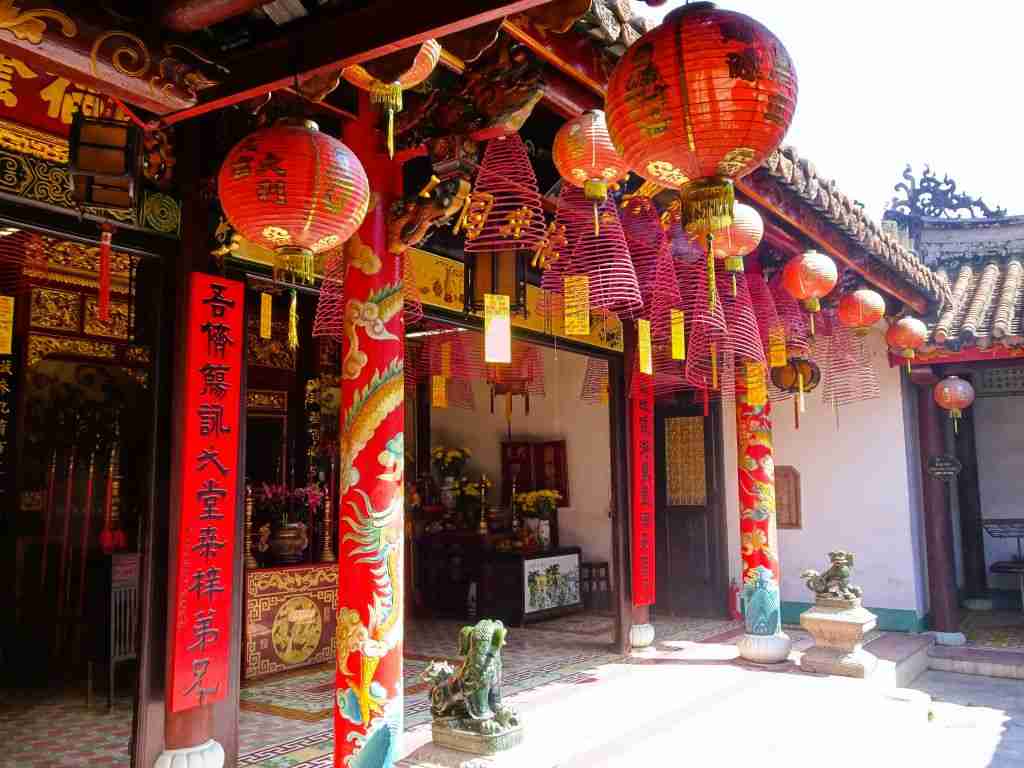
Places to Go in the Dry Season
The dry season is the best time to visit Vietnam for clear weather and for outdoor activities.
In South Vietnam, visit Ho Chi Minh City, explore the rivers of the Mekong Delta, visit the bustling floating markets in Can Tho and catch the Superdong ferry to Pho Quoc Island for a tropical beach holiday in the sun.
Go to Central Vietnam to visit the beautiful beaches of Nha Trang and Danang for swimming, surfing, and relaxing on the sand. Then travel inland to spectacular Phong Nha Ke-Bang National Park to explore the amazing UNESCO world heritage limestone caves or enjoy the charming lakes and waterfalls of Da Lat.
In North Vietnam, explore the country’s capital, Hanoi, and visit stunning Halong Bay. Discover the history, and beautiful landscapes of Ninh Binh or trek through the rice fields of Sapa and enjoy the green, misty mountain scenery and cooler temperatures.
TIP: Book your overnight Cruise to Halong Bay in a traditional junk boat. Spend the night on Halong Bay and wake up to watch the sunrise over the stunning landscape.
Things to do in the Dry Season
The dry season is the best time to visit Vietnam’s beaches and for outdoor activities like swimming, and surfing. The waters are calmer for taking ferry trips to offshore islands and water visibility is good for snorkelling and diving.
The dry weather is a good time for hiking in the mountains, trekking with gibbons in Cat Thien National Park, riding a motorbike, and exploring the Mekong Delta by boat. It’s also the best time to visit Vietnam for an expedition into the spectacular limestone caves at Phong Nha-Ke Bang National Park.
TIP: Immerse yourself in the local culture of the Mekong Delta on a tour from Ho Chi Minh City. Experience sampan riding along scenic waterways, tour a coconut farm and visit Vinh Trang pagoda.
What to Pack for the Dry Season
For visiting Vietnam during the dry season pack lightweight clothes, some long and short-sleeved shirts and trousers. A cool cotton dress or skirt and sandals will also be useful. Vietnamese people dress modestly and to fit in you will want to cover your knees and shoulders, especially when visiting temples. Take a sunhat, sunscreen and sunglasses and your swimmers.
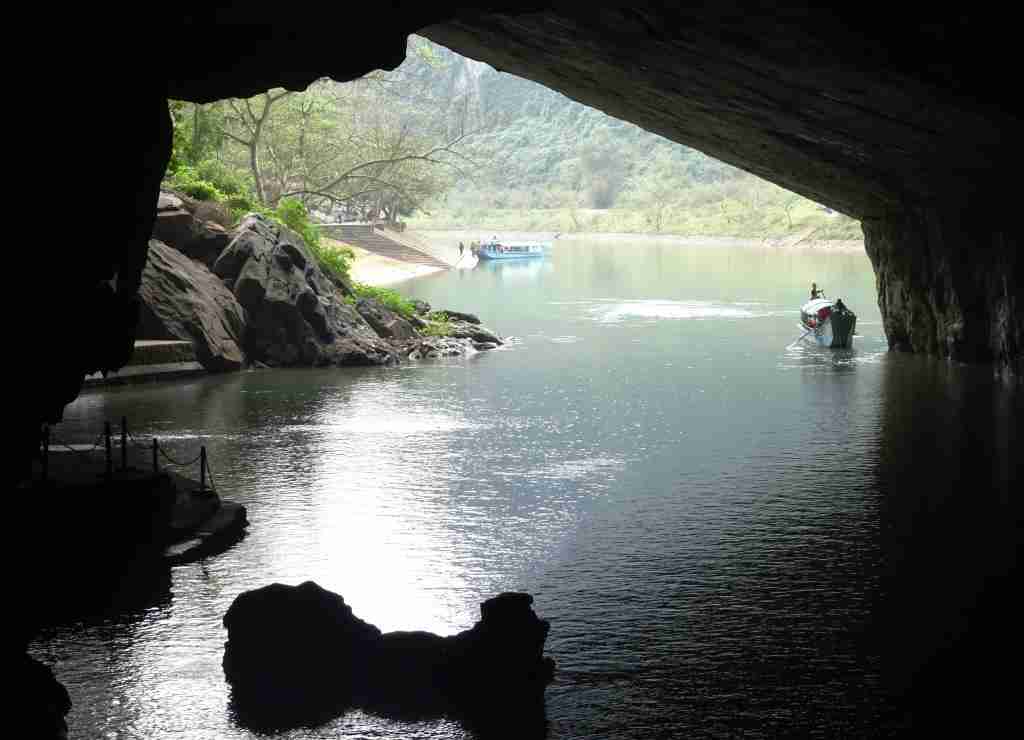
Vietnam in the Wet Season
The wet season is considered the worst time to visit Vietnam but you can enjoy a vacation in Vietnam at any time of the year. There’s no bad time to visit but some months are better than others.
During the wet season, the rain tends to come in afternoon downpours that clear after a few hours. Mornings are often clear but sightseeing and outdoor activities are less enjoyable if it’s raining and beach holidays can be washed out with persistent wet weather. Storms and typhoons can also cause flooding and landslides that disrupt travel plans.
But there are some advantages to travelling to Vietnam in the wettest months of the year. If you don’t mind some rain and you can be flexible with your travel plans, the rainy season can be the best time to visit Vietnam for some travellers.
Wet Season Pros
- There are fewer tourists in the wet season. It’s quieter on the beaches and popular destinations like Halong Bay and Hoi An are less crowded with tourists.
- Accommodation is cheaper. Some of the larger hotels and resorts offer discounted rates in the low season.
- Airfares are cheaper during the low season.
- Vietnam is lush and green at this time of year and the rice terraces are beautiful in the monsoon season.
- Vietnam’s waterfalls are at their best in the rainy season.
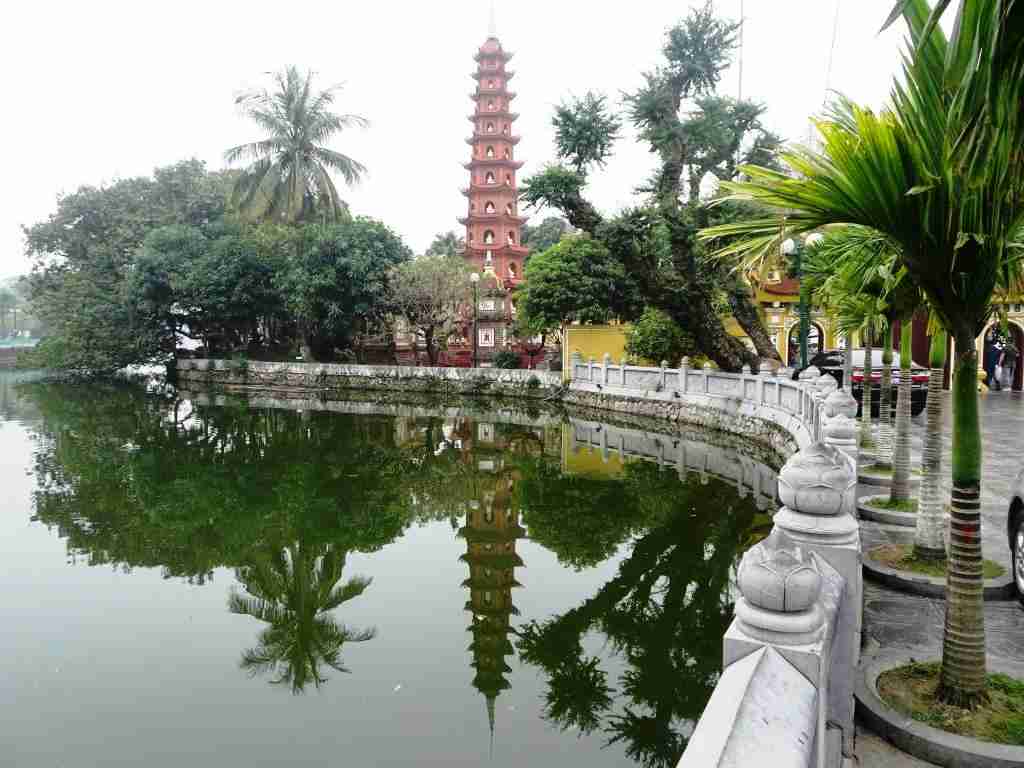
Wet Season Cons
- There’s more rain, afternoon showers and storms and typhoons can cause flooding and disruption to travel. Typhoon season is the worst time to visit Vietnam.
- The weather is hot, and humidity is high in the wet season.
- The rainy season is the worst time to visit Vietnam for outdoor activities like hiking or an easy-rider motorbike tour. It’s no fun being caught in a storm if you’re riding a motorbike.
- Seas are choppy and long ferry trips to the islands are best avoided.
- There’s the possibility of a beach holiday being washed out in the wet season and it’s the worst time to visit Vietnam for a beach holiday.
- Stormy weather causes poorer water visibility for snorkelling & diving.
Places to Go in the Wet Season
There are lots of places to visit during the wet season and it’s not necessarily the worst time to travel to Vietnam. If it’s raining, the big cities offer diverse cultural attractions and activities. Both Ho Chi Minh City and Hanoi have a wealth of history, art and culture to discover with many museums and temples, restaurants and indoor shops and markets.
In Central Vietnam, the Old Town of Hoi An has much to offer in wet weather with lantern-filled laneways, beautiful architecture, restaurants and galleries. In nearby Hue, the Imperial Citadel and the Royal Tombs offer insight into the fascinating history and culture of royal Vietnam.
Things to do in the Wet Season
For people who love culture, there are so many interesting things to do, the rainy season is one of the best times to visit Vietnam.
In Ho Chi Minh City, the War Remnants Museum and the Cu Chi Tunnels document Vietnam’s World War II history and the impressive Notre Dame Cathedral, the Central Post Office and the Cao Dai Temple are fascinating to visit.
The Ben Thanh Market is a place where you can shop for souvenirs and enjoy a delicious street food meal of Pho or Ban Mi at any time of the year.
In the capital Hanoi, the stately Temple of Literature and the oldest Buddhist temple in Hanoi, the Tran Quoc Pagoda are captivating places to visit. Enjoying a performance at the Hanoi Opera House, discovering Hanoi’s art scene, or visiting one of Hanoi’s many museums will keep you entertained on a rainy day.
One of the most interesting things to do in Hanoi is to join the long queue at the entrance to the Ho Chi Minh Mausoleum and view the embalmed body of the country’s much-revered leader.
And a Vietnamese cooking class or learning how to make colourful Vietnamese lanterns is a delicious way to immerse yourself in the local culture.
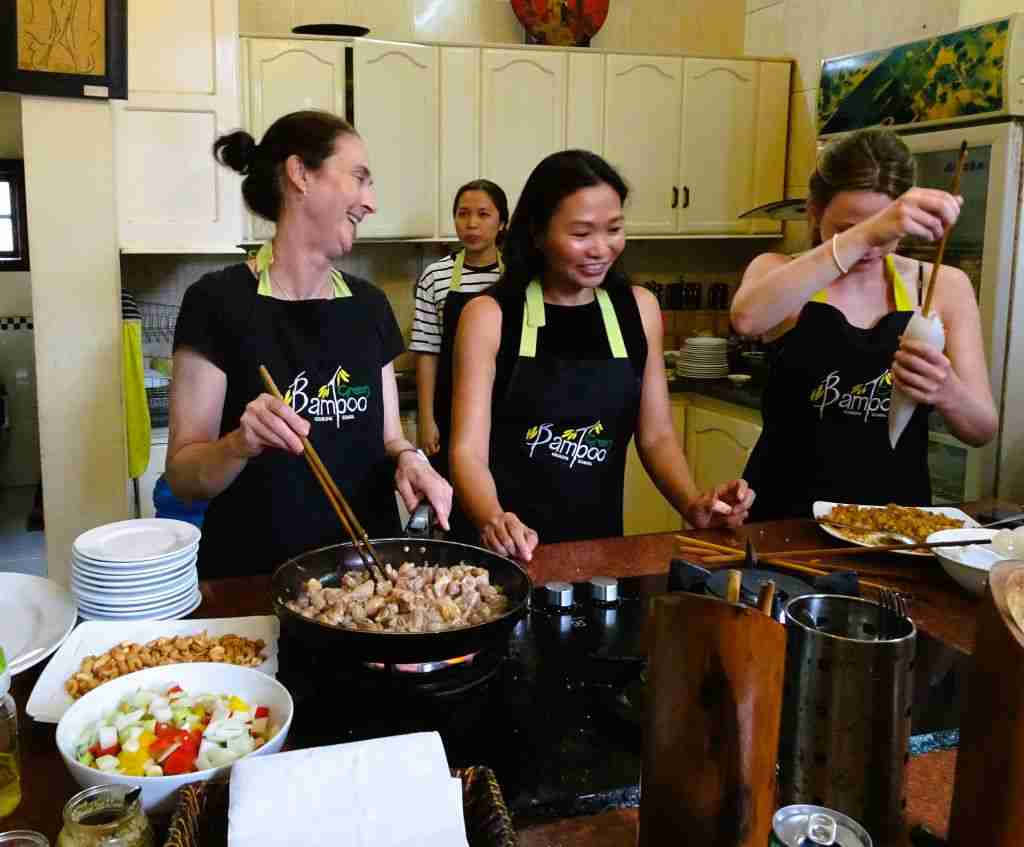
What to Pack for the Rainy Season
Pack a raincoat and clothes that dry quickly for the rainy season in Vietnam. The weather tends to be hot and humid so take lightweight shirts and trousers, sandals and covered shoes for wet days. Pack a rain poncho and a fleece or a warm jacket if you plan to ride a motorbike in rainy weather.
FAQ’s
What is the best month to visit Ho Chi Minh?
January is the best month to visit Ho Chi Minh City with the best weather conditions of the year in South Vietnam. In January, Ho Chi Minh City and the Mekong Delta enjoy hot, sunny and dry days with average temperatures ranging from 23°C (73°F) to 32°C (90°F).
What is the hottest month in Vietnam?
April is the hottest month of the year and South Vietnam is very hot with temperatures soaring to over 40°C (104°F) in Ho Chi Minh City and the Mekong Delta. It’s the worst time to visit Vietnam if you don’t like the heat.
What is the main tourist season in Vietnam?
The main tourist season in Vietnam is in July and August. These months coincide with holiday periods in Europe, the UK, the USA and Australia. Overseas tourists flock to the beaches of Central Vietnam during these months when the weather is hot across the country.
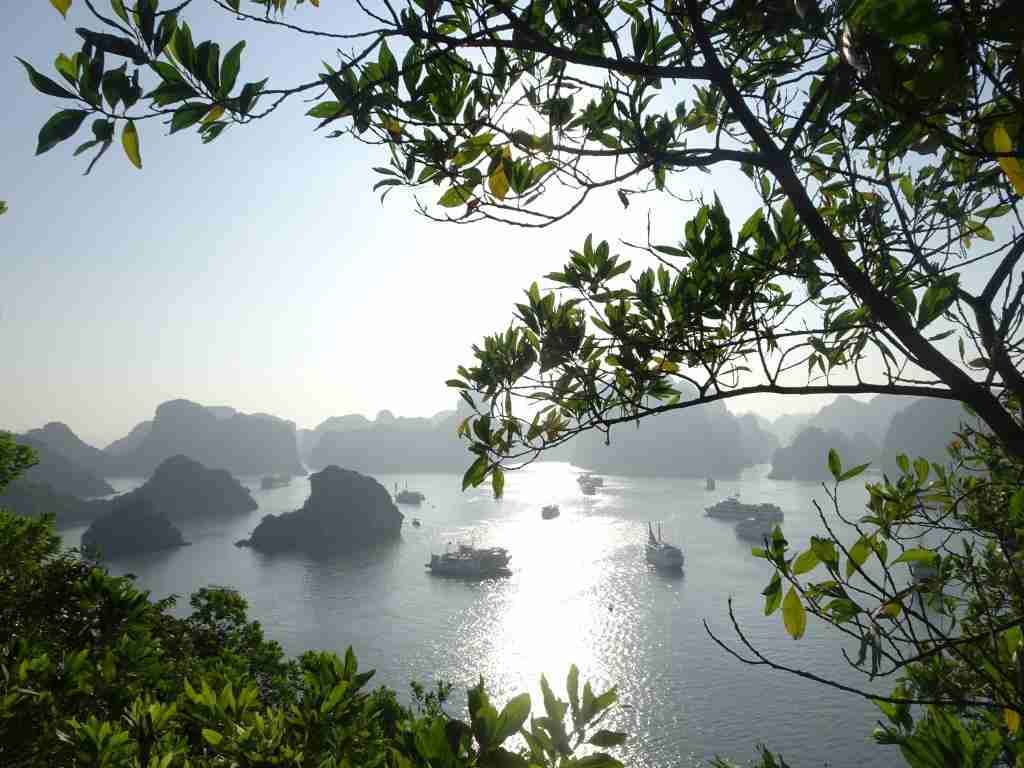
Final Thoughts -The Best and Worst Time to Visit Vietnam
The best time to visit Vietnam is during the dry season from November to April. During these months you’ll have the best chance of good weather if you plan to travel all over the country. The worst time to go to Vietnam is during the wet season from May to October when rain and storms can spoil a beach holiday and interfere with travel plans.
Although the weather can be a bit unpredictable, the shoulder season months of April to June and September to November offer cheaper prices and fewer tourists. For many people, the shoulder season is the best time to go to Vietnam.
But there’s really no bad time to go. The best time to visit Vietnam is simply whenever you can. If the weather is bad in one part of the country, it’s often quite good somewhere else. So, with a bit of flexibility, and good planning, any time is a good time to go to Vietnam.
You Might Also Enjoy
Beautiful Vietnam in 3 weeks from Top to Toe
North Vietnam in 2 weeks – A Trip You’ll Love
An Exciting 10-Day Itinerary in Vietnam’s Tropical South
20 Best Things to Do in Hoi An Vietnam
How to Visit Stunning Ha Long Bay in Vietnam
Solo Travel in Vietnam – What You Need to Know
Why You’ll Love Spectacular Phong Nha-Ke Bang in Vietnam
Is July a Good Time to Go to Bali?
Is January a Good Time to go to Bali?
Is Thailand or Bali Better for a Holiday?
Pin this post & save it for later!
